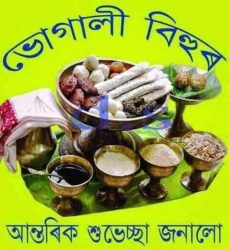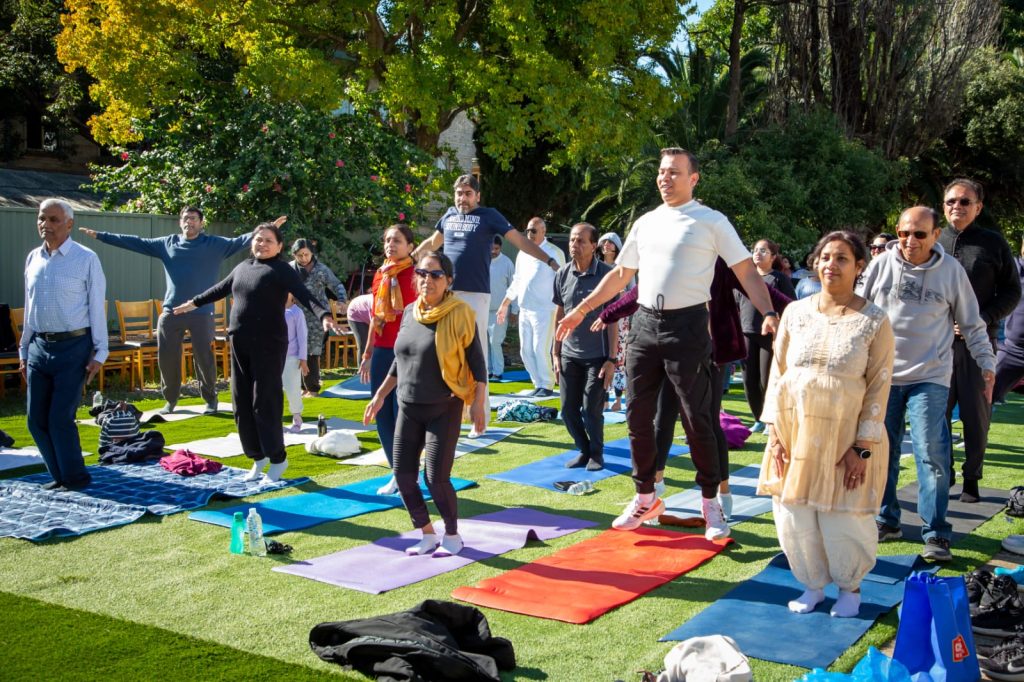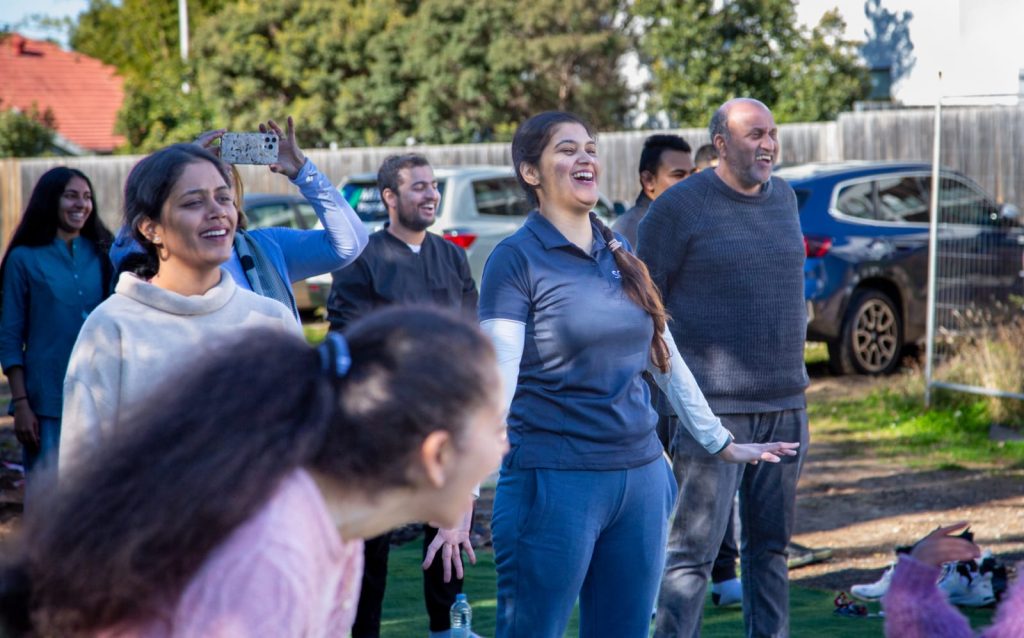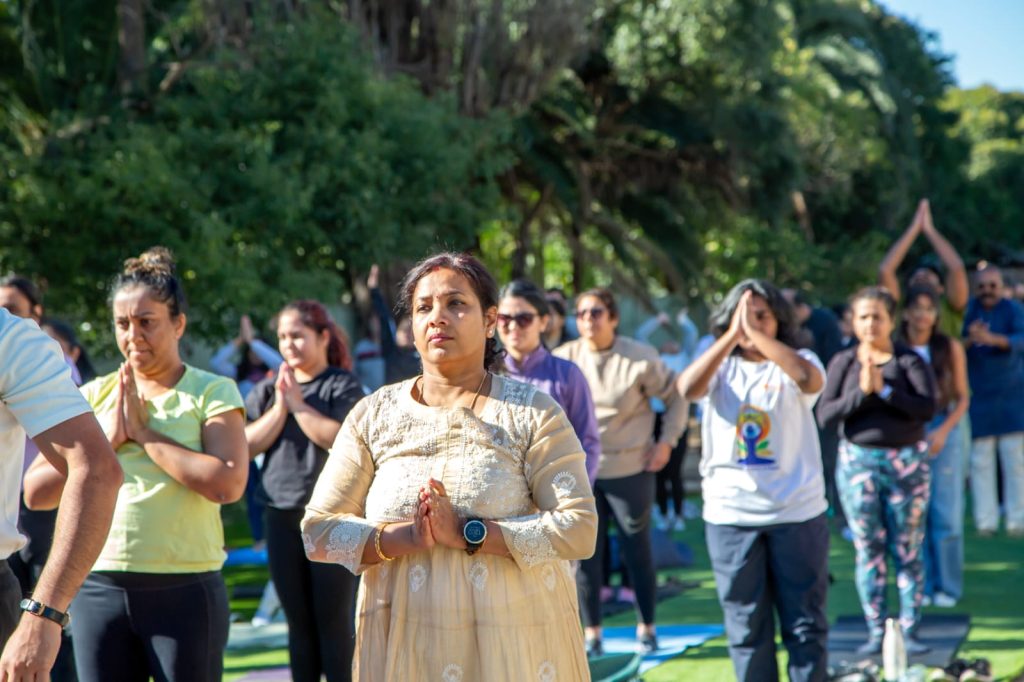A society is marked by its uniqueness in cultural heritage, ethos, principles, tradition, diversity, emotion, sentiments, beliefs, practices, ethnicity, and other elements which create a strong bond within the group. Assam is a land of exotic and diverse cultures. It is the land, the epitome of an impressive blend of culture. It’s a confluence of assimilation that unites people through the celebration of varied festivals. The ethnic traditions of various tribes have a definite impact on the festivals and carnivals of Assam.
Bihu, being the traditional and foremost festival of Assam, is indeed an inseparable part of Assamese society and culture. Irrespective of other prevailing festivals of Assam, Bihu is the only festival that binds and bridges the gap across all ethnic tribes and religious communities of the state. It creates a sense of solidarity, togetherness & feeling of oneness amongst members of the Assamese Community. The word Bihu is used to mean a festival though the word is connected with the word Mahavisuva Samkranti meaning Vernal Equinox – the passage of the sun from one zodiac house to another in mid-April to other houses to usher in the spring season.
Rongali Bihu, the major Bihu amongst all three Bihu’s, the other two being Bhogali or Magh and Kongali or Kati Bihu, is observed with great enthusiasm, zeal & thrill irrespective of class, caste, creed, and religious affinity in the state. It is a way of life for Assamese people. It is the festival of spring which symbolizes prosperity & harmony. The word ‘Rongali’ is derived from the root word ‘Rong’ meaning gaiety and happiness indicating thereby that the festival is marked by a fervour and jollity that find their manifestation in the various Bihu songs and dances that are performed through ‘Husori’.
The rhythm and euphony of Rongali Bihu pulsates in the veins of the people of Assam spreading messages of goodwill, peace, and harmony. Bihu dances are the most integral part of the festival and symbolize the fertility rites of Assam. The farmers have envisaged that the erotic content of the songs would sexually arouse the earth’s body, leading to a verdant harvest. Bihu dance with its sensuous movements using the hips, arms, etc, by young women who aspire to celebrate their fertility. In this respect, the Bihu dance can also be called a mating ritual by the young men and women.
It is the time when the entire environment becomes colourful, vibrant & charismatic. Puffy clouds and fast-blowing gusty northwest wind-Bordoichila enters and brings freshness to the air. Budding trees and copious foliage blooming, Kuli, Keteki’s (cuckoo) chirping sound, Koupou Phool (orchid) blossom everywhere – these sounds, fragrance enthral and trigger the mind, soul, and body of everyone. Bihu Nachonis (dancer) is excited to move away from the usual humdrum of life and prepare to celebrate the festivals of fertility with their dear ones. They sway to the beat of Dhol, (drum), Pepa, (instrument made from buffalo horn), Gogona (bamboo instruments), and empower with the innate energy in the heart which is not only filled with pleasure but a feeling of warmth, growth & happiness. Young women decorate their hair knob with ‘Kopou Phool’. They paint the palms and soles of her feet with the red juice of the ‘Jetuka plant’ and their lips with the redness of the ‘borhomthuree flower’ (a plant which is used by the ladies to colour their lips. Women look very graceful with their traditional Assamese attire, golden coloured Muga Silk Mekhela Sador and red Riha.
This Jetuka or organic mehendi plays an important role in Assamese culture & tradition, especially in Rongali Bihu. Jetuka is a plant (Lowsonia inermis), and widely used as a medicinal plant and in the beauty industry.
“Haatore aanguli kino saai zaaba
Zilike zetukar bol
Murnu mainaak kino saai zaabaa
Boi jai ghaamore zol’’
(Would you see her fingers
There shines the colour of the Jetuka,
Would you see my love
Sweat streamed down her body.) (A popular Bihu Song)
Jetuka is a symbol of beauty and festivity. For ages, Assamese ladies and girls have applied Jetuka, especially on the eve of Rangali Bihu to make them look alluring and elegant. The association of redness in their fingertips, palms, lips, and dress are meaningful and evocative. Red symbolizes ripeness and maturity and hence announces an inner vitality. It adds a very beautiful and unique colour to skin and nails which cannot be attained by any artificial colours. It is believed that it keeps all types of skin diseases away for the coming year. During Rongali Bihu, it’s a kind of ritual to apply Jetuka. Jetuka is a way of bringing colour to life as it’s an emblem of womanhood. By applying it and dancing Bihu Naas women attain their most mature and fertilized stage. They celebrate their sexuality through singing Bihu Geet. Romanticism and love encompass the environment. Unmarried young men and women move out in groups or form circles in the midst of which the prettiest woman dances and performs Mukoli Bihu.
As times are changing and as we step into the threshold of modernization, industrialization and globalization, the use of Jetuka is gradually diminishing. Traditional Assamese dye is now predominantly taken over by the Rajasthani Mehendi.
In this context, I still remember how we used to apply the fresh paste of the Jetuka leaves on the night of Goru Bihu (the first day of Bihu when cows are worshipped), on








































